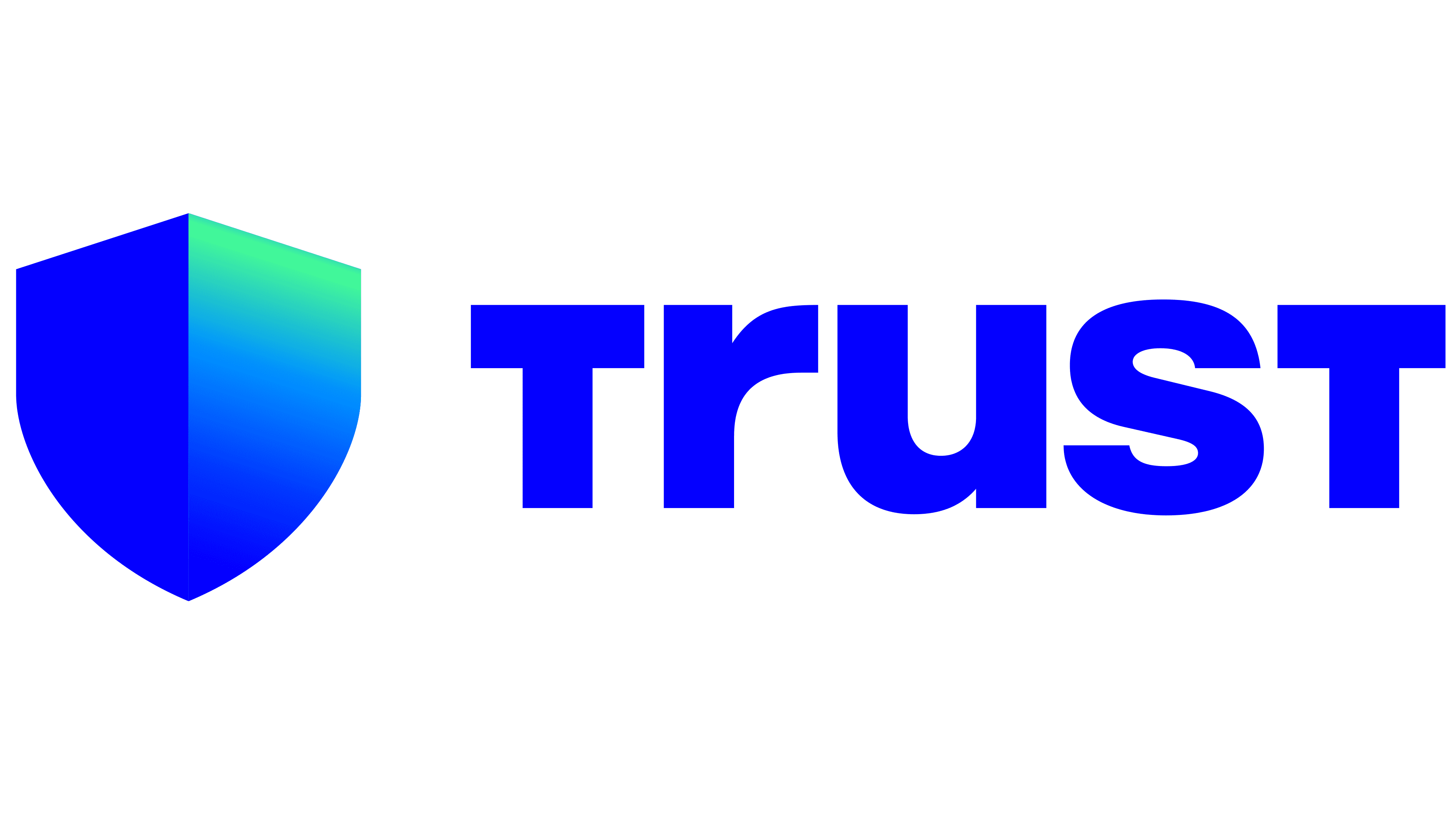Okay, so check this out—I’ve been messing around with Solana for a bit, and honestly, finding a mobile wallet that just gets the job done without making you wanna pull your hair out is trickier than I thought. My first reaction? Whoa, Solana Pay integration feels like a game-changer, but I wasn’t sure if the wallets out there actually made it seamless. Something felt off about the usual suspects, you know? They either had clunky interfaces or sketchy security features.
Now, I’m biased, but the phantom wallet really stood out. Not just because it’s slick-looking—though it definitely is—but because it nails the balance between user-friendliness and hardcore security. It’s rare to see both in one place. Seriously?
At first, I was skeptical. Mobile wallets often sacrifice security for ease, or vice versa. But the Phantom wallet’s approach to private key management? Pretty solid. They don’t just store your keys—they empower you to control them fully, which is huge in the crypto world where losing your private key means, well, losing everything.
Hmm… and get this—the integration with Solana Pay isn’t just a gimmick. It actually feels intuitive, like they thought about how real users would transact on the go. That’s something many wallets miss. It’s not just about holding assets; it’s about spending and interacting without friction.
Here’s the thing. The mobile crypto space is crowded, but very very few wallets combine slick UX, robust security, and seamless DeFi plus NFT compatibility on Solana. Phantom wallet does all that, and with the added bonus of Solana Pay, it’s like a one-stop shop for the ecosystem.
Digging a little deeper, I realized the wallet’s design philosophy is kinda refreshing. It’s not overloaded with features nobody uses, but it’s smart about what it includes. For example, their private key setup encourages users to back up securely, but without that annoying jargon that makes you feel dumb. Honestly, I’ve seen some wallets that just throw you into the deep end with “seed phrases” and no real guidance. Phantom gently holds your hand but expects you to take control.
Something I really appreciated was the way it handles NFTs. Managing those tokens on mobile can be a pain, but this wallet makes browsing and sending NFTs surprisingly easy. Initially, I thought NFTs on mobile wallets were a gimmick or just for show, but actually, the practical usability here is impressive.
On one hand, the wallet feels very modern and intuitive, but on the other, it doesn’t dumb things down so much that you lose control or understanding. That balance is rare.
Okay, so a quick tangent—have you ever tried to pay someone using Solana Pay with a wallet that isn’t optimized? It’s frustrating, like trying to fit a square peg in a round hole. The transaction either takes forever or errors out without clear reasons. Phantom wallet avoided that mess, at least in my experience.
Not gonna lie, I hit some rough patches early on. Sometimes transactions would lag, or the UI would glitch momentarily—but hey, this is crypto, and mobile apps aren’t perfect yet. Given the pace at which Solana evolves, the Phantom wallet team seems pretty on top of updates and fixes.
Also, the wallet’s approach to private key security is worth highlighting. They don’t keep your keys on their servers—your keys stay on your device. That’s the gold standard, but it’s not always the default. This means you’re the sole custodian of your funds, which is empowering but also places responsibility squarely on your shoulders. So if you lose your phone or forget your backup phrase, there’s no customer support hotline to rescue you.
Interesting enough, they provide clear info on how to export and recover private keys, something I found refreshing because many wallets hide these options or make them unnecessarily complex. That transparency builds trust.
Now, I’m not 100% sure how they’ll handle scaling as Solana’s ecosystem grows crazily fast, but the current experience suggests they’re prepared. The wallet supports a wide range of DeFi apps and NFT marketplaces, which is essential for anyone seriously involved in the ecosystem.
One thing that bugs me a little is that some advanced features require a bit of a learning curve. The wallet is friendly to beginners, yes, but if you want to dive deep into DeFi protocols or customize transaction fees, it can get complicated fast. However, that’s probably inevitable given how complex blockchain tech can be.
Check this out—I’ve been using it to pay for coffee at a local spot that accepts Solana Pay through the wallet. The transaction was almost instant, and the merchant confirmed receipt right away. That real-world ease of use is exactly what people need if crypto is gonna go mainstream. Alt text: A smartphone screen showing a completed Solana Pay transaction inside Phantom wallet app.
Why Private Keys Matter More Than Ever
Let me just say, the whole private key handling thing isn’t just some geeky detail. It’s the backbone of your crypto safety. With the Phantom wallet, your keys never leave your device, which means no third party can mess with them. This non-custodial design is crucial, especially in a mobile wallet where the risk of hacking or theft feels higher.
Initially, I thought, “Eh, maybe it’s overkill for casual users.” But then I realized, even casual users need to understand the risks. The wallet’s UI nudges you to keep backups and warns you when you’re about to do something risky. That’s smart design.
Actually, wait—let me rephrase that. It’s not just the warnings; it’s how they’re communicated. Instead of scaring you with scary legalese or jargon, Phantom wallet uses plain language. That’s a subtle but important difference that makes security approachable.
Of course, no system is perfect. If you’re careless with your seed phrase, you’re toast. But Phantom wallet does its best to educate without being patronizing. I genuinely think this contributes to safer crypto habits, which is something the space badly needs.
One last thought—while the wallet supports biometric unlocking on mobile, I advise not to rely solely on that. Biometrics are convenient, sure, but they can be bypassed in some scenarios. The wallet encourages using strong PINs plus backups, which is a layered approach I respect.
In summary, if you’re in the Solana ecosystem hunting for a mobile wallet that feels both secure and easy, and supports Solana Pay smoothly, you owe it to yourself to give the phantom wallet a real look. I’m not saying it’s perfect—no wallet is—but it’s definitely one of the best out there right now.
Frequently Asked Questions
Is Phantom wallet safe for storing private keys?
Yes, Phantom wallet is non-custodial, meaning your private keys stay on your device and aren’t stored on any server. This gives you full control, but also full responsibility for safekeeping your keys and backups.
Can I use Phantom wallet to pay with Solana Pay?
Absolutely. Phantom wallet integrates smoothly with Solana Pay, allowing you to send and receive payments quickly and securely directly from your mobile device.
Does Phantom support NFTs on mobile?
Yes, browsing, managing, and sending NFTs on Solana is supported and works surprisingly well on the Phantom mobile wallet.





